Bipan Chandra Summary: Bhagat Singh, Surya Sen and the Revolutionary Terrorists | PSIR Optional for UPSC PDF Download
Revolutionary Terrorism and the Non-Cooperation Movement
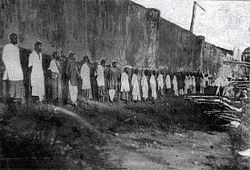
During World War I, revolutionary terrorists faced intense repression, with most leaders either imprisoned or in hiding. To create a more favorable environment for the Montague-Chelmsford reforms, the Government released many under a general amnesty in early 1920. Shortly after, the National Congress launched the Non-Cooperation Movement. Under the leadership of figures like Gandhiji and C.R. Das, many revolutionary terrorists either joined this movement or paused their activities to support the Gandhian mass movement. However, the sudden halt of the Non-Cooperation Movement shattered earlier hopes. Many young individuals began to question the national leadership's core strategy, especially its emphasis on non-violence, and sought alternative approaches. They were not attracted to the parliamentary politics of the Swarajists or the patient constructive work of the no-changers. Instead, some believed that violent methods were the only way to achieve India's liberation. As a result, revolutionary terrorism regained its appeal. Notably, nearly all the prominent new leaders in revolutionary terrorist politics, such as Jogesh Chandra Chatterjea, Surya Sen, Jatin Das, Chandrashekhar Azad, Bhagat Singh, Sukhdev, Shiv Varma, Bhagwati Charan Vohra, and Jaidev Kapur, had previously been active participants in the non-violent Non-Cooperation Movement.
Emergence of New Revolutionary Groups
- Over time, two distinct strands of revolutionary terrorism emerged: one in Punjab, U.P., and Bihar, and the other in Bengal.
- Both strands were shaped by several new social forces.
- One significant influence was the rise of working-class trade unionism after the War, which recognised the revolutionary potential of this new class and aimed to connect it to the nationalist revolution.
- Another major influence was the Russian Revolution and its efforts to consolidate power, inspiring youthful revolutionaries to learn from and seek support from the young Soviet State and its ruling Bolshevik Party.
- The third influence came from newly formed Communist groups that emphasised Marxism, Socialism, and the proletariat.
Formation of the Hindustan Republican Association
The revolutionaries in northern India were the first to emerge from a mood of frustration and reorganised under the leadership of veterans like Ramprasad Bismil, Jogesh Chatterjea, and Sachindranath Sanyal. Their work, Bandi Jiwan, became a guide for the revolutionary movement. In October 1924, they met in Kanpur and established the Hindustan Republican Association (or Army) to plan an armed revolution to overthrow colonial rule and establish a Federal Republic of the United States of India, based on adult franchise.
Kakori Robbery and Its Aftermath
Before armed struggle could commence, extensive propaganda was needed, along with the recruitment and training of men, and arms procurement. All these required funds. The most notable action of the HRA was the Kakori Robbery. On 9 August 1925, ten men seized the 8-Down train at Kakori, a small village near Lucknow, and stole its official railway cash. The Government reacted quickly and harshly, arresting many young men and prosecuting them in the Kakori Conspiracy Case. Ashfaqulla Khan, Ramprasad Bismil, Ràshan Singh, and Rajendra Lahiri were executed; four others were sent to the Andamans for life, and seventeen received long prison sentences. Chandrashekhar Azad remained free.
Reorganisation of the HRA
The Kakori case was a significant setback for the northern Indian revolutionaries, but it was not fatal. Younger figures such as Bejoy Kumar Sinha, Shiv Varma, and Jaidev Kapur in U.P., along with Bhagat Singh, Bhagwati Charan Vohra, and Sukhdev in Punjab, began reorganising the HRA under the leadership of Chandrashekhar Azad. At the same time, they were influenced by socialist ideas. Eventually, nearly all the major young revolutionaries of northern India convened at Ferozeshah Kotla Ground in Delhi on 9 and 10 September 1928, formed a new collective leadership, adopted socialism as their official goal, and renamed the party to the Hindustan Socialist Republican Association (Army).
Objective
- On 30 October 1928, during an anti-Simon Commission protest in Lahore, a violent police attack resulted in the death of the respected leader Lala Lajpat Rai.
- This incident was viewed by the youthful leadership of the HSRA as a call to action, leading Bhagat Singh, Azad, and Rajguru to assassinate Saunders, a police officer involved in the attack, on 17 December 1928.
- In a poster released by the HSRA after the assassination, they expressed that the killing of a leader admired by millions at the hands of a mere police officer was an insult to the nation.
- They stated it was the duty of India's youth to right this wrong, acknowledging regret over the necessity to kill, but emphasising that Saunders was part of an unjust system that needed to be dismantled.
Bombing of the Central Legislative Assembly
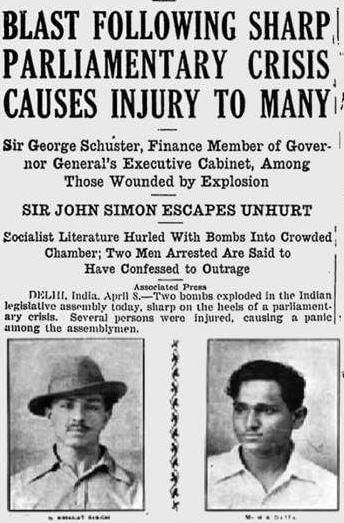
- The HSRA leadership aimed to inform the public about their revolutionary goals. On 8 April 1929, Bhagat Singh and B.K. Dutt threw a bomb in the Central Legislative Assembly.
- This act was against the Public Safety Bill and the Trade Disputes Bill, which threatened civil liberties, particularly for workers. The bombs were not intended to cause harm.
- They distributed a leaflet stating their purpose was to "make the deaf hear" and hoped to be arrested to use the trial as a platform for spreading their message.
Trial and Public Sentiment
- Bhagat Singh and B.K. Dutt faced trial for the Assembly Bomb Case. Later, Bhagat Singh, Sukhdev, Rajguru, and many others were involved in high-profile conspiracy trials.
- Their courageous behaviour in court, where they shouted slogans like ‘Inquilab Zindabad’ and sang revolutionary songs, gained widespread support.
- Bhagat Singh became a prominent figure, and when he was executed in March 1931, his death deeply affected many across the country.
Hunger Strike and National Response
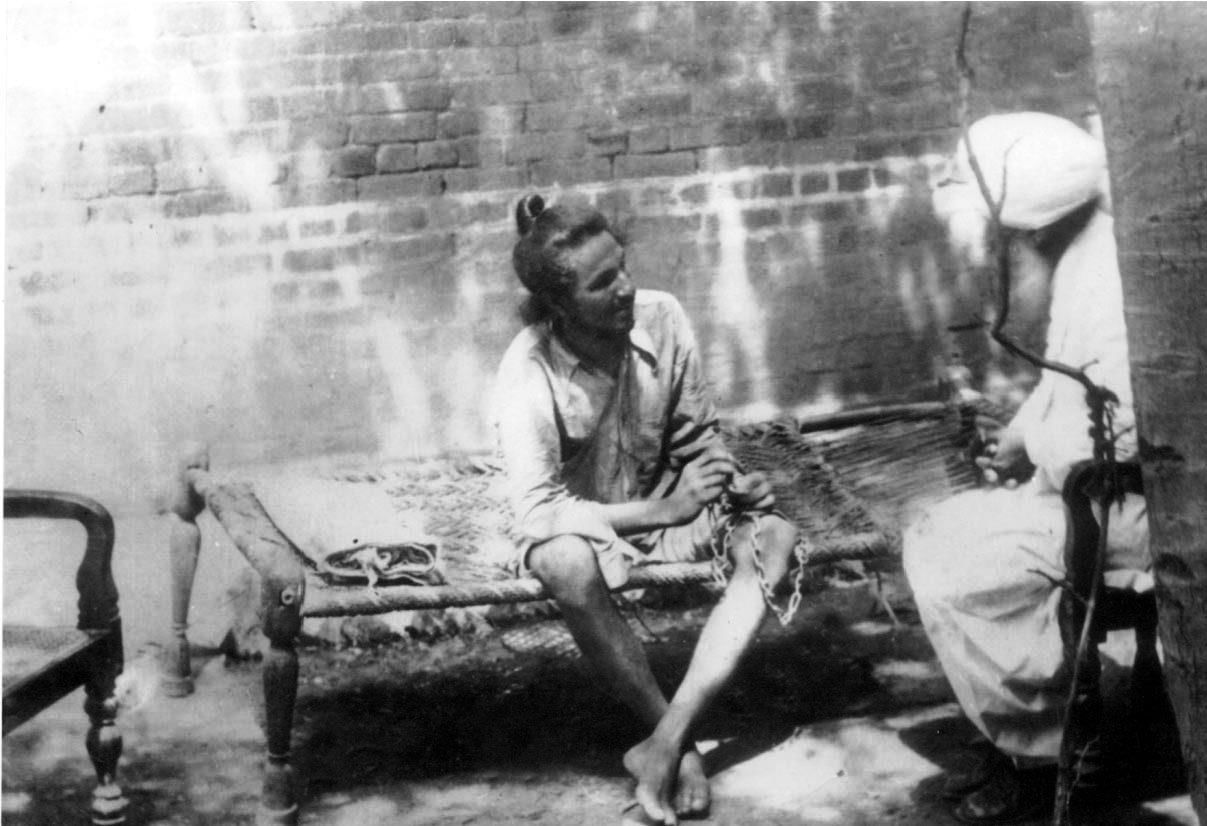
- The prolonged hunger strike by revolutionary prisoners, protesting poor jail conditions and demanding recognition as political prisoners, united the nation.
- On the 64th day of the hunger strike, Jatin Das died, leading to massive public mourning as thousands paid their respects along the route from Lahore to Calcutta.
- In Calcutta, over six hundred thousand people attended the funeral procession for Jatin Das.
Further Actions and Repression
- Many revolutionaries were sentenced to lengthy prison terms in the Lahore Conspiracy Case, with some sent to the Andaman Islands.
- Bhagat Singh, Sukhdev, and Rajguru received death sentences, which were carried out on 23 March 1931.
- In Bengal, revolutionary groups reorganised their underground operations while also working within the Congress, gaining access to a broader base of support.
- After C.R. Das's death, the Congress leadership split into two factions, with the Yugantar group aligning with Subhas Chandra Bose and Anushilan joining J.M. Sengupta.
- One of the actions from the reorganised groups was the assassination attempt on Police Commissioner Charles Tegart in January 1924, which mistakenly killed another Englishman named Day.
- The government responded with severe repression against the populace.
India’s Struggle For Independence
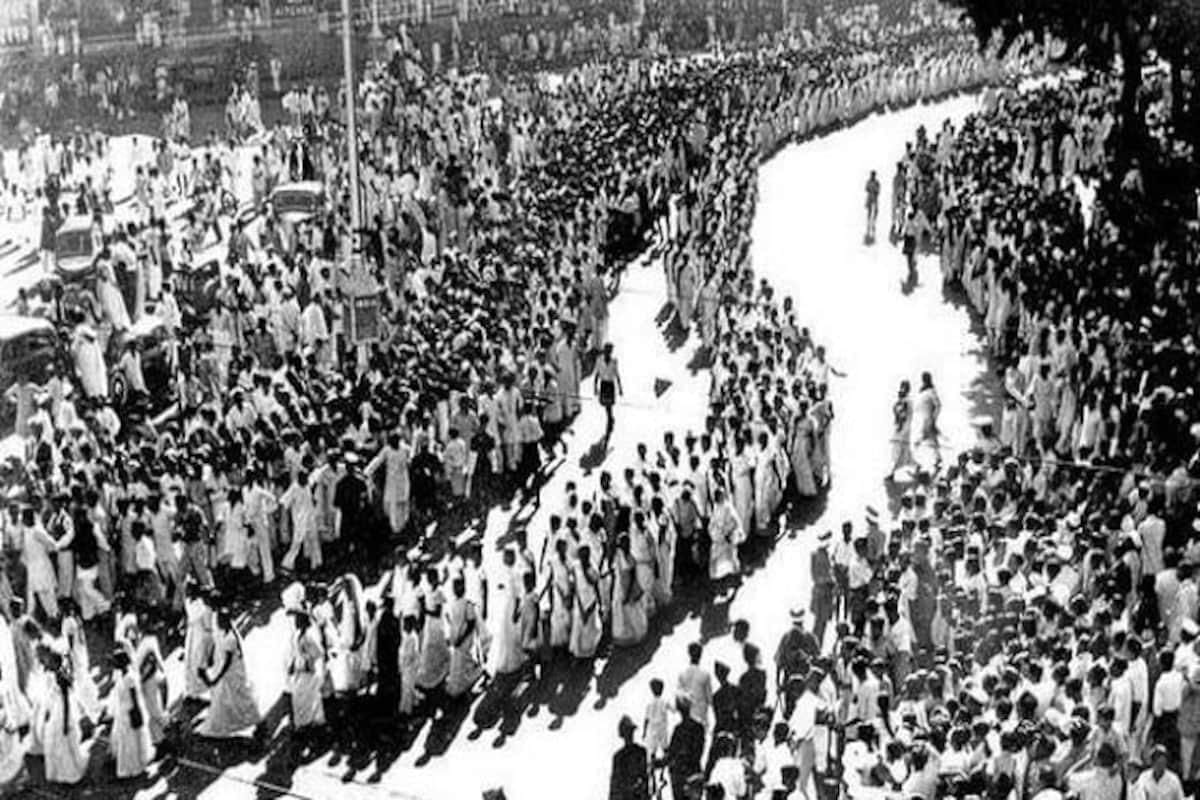
A number of people believed to be terrorists or their supporters were arrested under a new ordinance. This included Subhas Chandra Bose and many other Congress members. Despite widespread protests, Saha was executed. The revolutionary movement experienced a major setback.
Factional Disputes and New Organising
- Another reason for the stagnation in revolutionary terrorist activity was the ongoing disputes and personal conflicts within the terrorist groups, particularly between Yugantar and Anushilan.
- However, younger revolutionaries soon started to form new groups, building friendly ties with active members of both Anushilan and Yugantar.
- Among the new groups, the most notable was the Chittagong group led by Surya Sen.
Surya Sen was involved in the Non-Cooperation Movement and became a teacher at a national school in Chittagong, earning the nickname Masterda. He was imprisoned for two years from 1926 to 1928 for his revolutionary activities but continued to support the Congress. In 1929, he served as Secretary, and five of his associates were on the Chittagong District Congress Committee.
Surya Sen was a skilled and inspiring organiser, known for his humble and sincere nature. He had great personal courage and a deeply humane approach, often saying, ‘Humanism is a special virtue of a revolutionary.’ He was also a poetry lover, admiring Rabindranath Tagore and Kazi Nazrul Islam.
- Surya Sen gathered a large group of young revolutionaries, including Anant Singh, Ganesh Ghosh, and Lokenath Baul.
- They aimed to stage a rebellion, no matter how small, to show that it was possible to challenge the British Empire's armed might in India.
The Chittagong Armory Raid
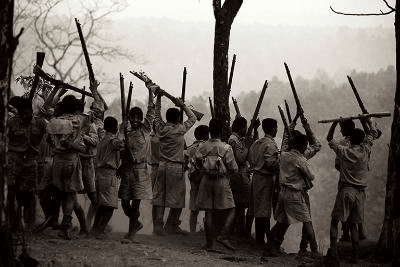
- Their plan included capturing two main armories in Chittagong, seizing arms to form a large revolutionary detachment, destroying the city's telephone and telegraph systems, and disrupting railway communications between Chittagong and the rest of Bengal.
- This carefully planned operation took place at 10 p.m. on 18 April 1930.
- A group of six revolutionaries, led by Ganesh Ghosh, seized the Police Armory, shouting slogans like Inquilab Zindabad and Down with Imperialism.
- Another group of ten, led by Lokenath Paul, took over the Auxiliary Force Armory, obtaining Lewis guns and army rifles but failing to find ammunition, which was a major setback.
- They also managed to disrupt telephone and telegraph communications and train movement.
- In total, sixty-five individuals participated in the raid, carried out in the name of the Indian Republican Army, Chittagong Branch.
All the revolutionary groups gathered outside the Police Armory, where Surya Sen, dressed in a white khadi dhoti and a long coat with a stiffly ironed Gandhi cap, took a military salute, raised the National Flag amidst cheers of Bande Mataram and Inquilab Zindabad, and announced a Provisional Revolutionary Government.
Unable to fight the expected army presence in town, the revolutionaries left Chittagong before dawn, heading towards the Chittagong hill ranges in search of safety. On 22 April, they were surrounded by thousands of troops at Jalalabad hill.
- After a fierce battle, over eighty British soldiers and twelve revolutionaries died.
- Surya Sen decided to disperse into nearby villages, where they formed small groups to raid government personnel and property.
- Despite harsh repressive measures from the authorities, local villagers, mostly Muslims, provided food and shelter to the revolutionaries, helping them survive for three years.
- Surya Sen was eventually arrested on 16 February 1933, tried, and executed on 12 January 1934, while many of his comrades were captured and given long prison sentences.
The Chittagong Armory Raid had a huge impact on the revolutionary movement.
The People of Bengal
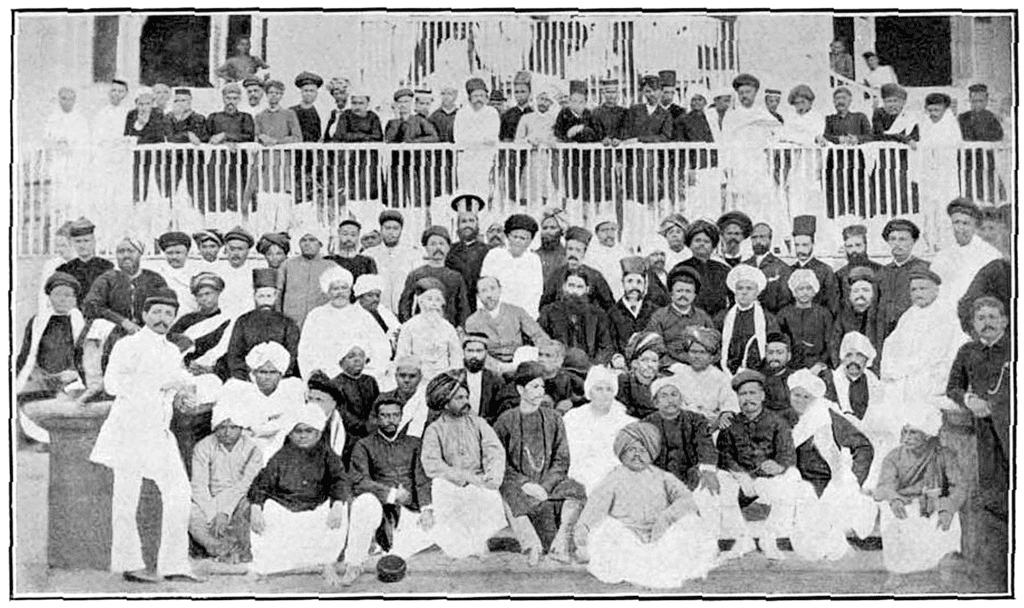
An official publication highlighted that a certain event “ignited the imagination of revolutionary-minded youth” in Bengal, leading to a steady influx of recruits into various terrorist groups. This marked a significant resurgence of revolutionary activities in 1930, which persisted into the following years. The Midnapore district witnessed remarkable acts of bravery, including the assassination of three British magistrates.
Violence and Government Response
- Attempts were made on the lives of two Governors; two Inspectors-General of Police were killed.
- During the period from 1930 to 1932, twenty-two officials and twenty non-officials were killed.
- The official reaction to the Armoury Raid and the renewed terrorist activity began with panic, followed by brutal reprisals.
- The Government deployed police against all nationalists, leading to numerous village burnings and punitive fines in Chittagong, establishing a reign of terror.
- In 1933, Jawaharlal Nehru was arrested and sentenced to two years in jail for sedition after condemning imperialism and praising the bravery of revolutionary youth.
Role of Women in the Movement
- A notable feature of this new phase of the terrorist movement in Bengal was the significant involvement of young women under Surya Sen’s leadership.
- Women provided shelter, acted as messengers, and even fought with arms.
- Pritilata Waddedar died during a raid, while Kalpana Dutt was arrested and given a life sentence.
- In December 1931, two school girls, Santi Ghosh and Suniti Chowdhury, shot and killed the District Magistrate.
- In February 1932, Bina Das fired at the Governor during her degree ceremony.
Shift in Revolutionary Tactics
- Compared to earlier revolutionary terrorists, the Chittagong rebels made a significant advancement.
- Instead of individual acts of heroism or targeted assassinations, their actions were group efforts aimed at colonial state structures.
- Their aim was to inspire youth and demoralise the bureaucracy.
- Kalpana Joshi (Dutt) noted that they intended for their fight to create a legend for others to follow.
- Surya Sen expressed the need for a dedicated group of youth to lead an organised armed struggle, accepting that many might die in this noble cause.
Changes in Ideology
- The Bengal revolutionaries of the 1920s and 1930s moved away from their previous Hindu religious beliefs; they stopped taking religious oaths.
- Some groups began to include Muslims, with the Chittagong IRA consisting of many Muslims who received support from local villagers.
- However, they still maintained some conservative social views and did not adopt broader socio-economic goals.
- Revolutionary terrorists associated with the Swaraj party did not support the Muslim peasantry against the zamindars.
Bhagat Singh and Revolutionary Ideology
- A significant breakthrough in revolutionary thought and goals came from Bhagat Singh and his comrades.
- Rethinking began within the HRA, which in its 1925 manifesto called for “abolition of all systems which make the exploitation of man by man possible.”
- The HRA's council decided to promote social revolutionary and communistic principles.
- Their main organ, The Revolutionary, advocated for the nationalisation of railways and large industries.
- They also aimed to organise labour and peasant movements for an armed revolution.
Message from Ramprasad Bismil
- In a message from his death cell, Ramprasad Bismil urged youth to abandon the desire for weapons and to avoid secretive revolutionary plots.
- He encouraged participation in open movements for change.
Bhagat Singh and the Revolutionary Ideology
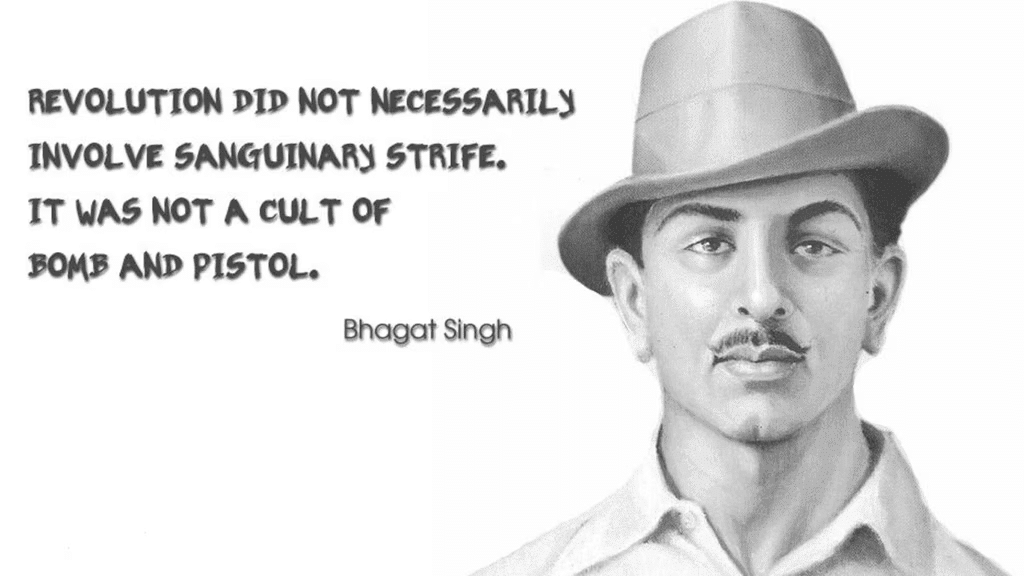
Hindu-Muslim Unity and Political Groups
- Bhagat Singh aimed to unite various political factions under the Congress's guidance, advocating for communism and the equal distribution of natural resources.
Bhagat Singh's Early Life
- Born in 1907, he was the nephew of the famous revolutionary Ajit Singh.
- He was a deep thinker and a voracious reader.
- Bhagat Singh studied political literature, especially on socialism, the Soviet Union, and revolutionary movements from Russia, Ireland, and Italy, at the Dwarkadas Library in Lahore.
Political Involvement and Beliefs
- In Lahore, he formed study groups with Sukhdev and others to discuss political issues.
- After the HSRA office relocated to Agra, he set up a library to promote reading and discussing socialism and revolutionary ideas.
- He was known for carrying books with him and lending them to fellow revolutionaries.
- During his imprisonment, he transformed the prison environment into a space for learning.
- He famously remarked in court, 'The sword of revolution is sharpened on the whetting-stone of ideas.'
Intellectual Atmosphere
- The HSRA was led by intellectuals like Sukhdev, Bhagwati Charan Vohra, Shiv Varma, Bejoy Sinha, and Yashpal.
- Even Chandrashekar Azad, despite his limited English, required detailed explanations before grasping new concepts.
- The Philosophy of the Bomb, a key document, was written by Bhagwati Charan Vohra at Azad's request after extensive discussions.
Change in Ideology
- Before his arrest in 1929, Bhagat Singh shifted from supporting terrorism to embracing Marxism.
- He believed that true revolution stemmed from mass movements, advocating for a revolution 'by the masses for the masses.'
- This conviction led to the founding of the Punjab Naujawan Bharat Sabha in 1926, where he played a crucial role.
Political Outreach and Awareness
- The Sabha aimed to connect with youth, farmers, and workers, establishing branches in rural areas.
- Bhagat Singh often delivered political lectures using visual aids.
- He and Sukhdev also founded the Lahore Students Union to engage in lawful activities among students.
Concept of Revolution
- Bhagat Singh and his peers viewed revolution as the development and organisation of a mass movement for the oppressed, led by revolutionary intellectuals.
- They articulated these beliefs in various statements between 1929 and 1931.
- Prior to his execution, he emphasized that 'the real revolutionary armies are in the villages and in factories.'
- In a letter to young political activists, he clarified his stance against terrorism, stating, 'Apparently, I have acted like a terrorist. But I am not a terrorist... I am convinced that we cannot gain anything through those methods.'
Ideological Conflict
- Despite their evolving beliefs, Bhagat Singh and his associates resorted to individual heroic acts.
- This was due to their rapid ideological evolution, which required quick adaptation.
- Grasping a new ideology is a gradual process, not an instantaneous shift.
- They faced challenges in recruiting dedicated young political workers to reach the masses.
- The slow pace of intellectual work resembled the Congress's approach, which they sought to surpass.
- Consequently, they felt the need to inspire youth through 'propaganda by deed,' aiming to establish initial cadres for a revolutionary party through impactful actions and subsequent militant publicity.
Stage
- In 1930 and 1931, the focus was on preserving the honor of their comrades’ sacrifices.
- Bhagat Singh urged the youth to move away from revolutionary terrorism but emphasized the importance of heroic sacrifice, even in the face of death.
- He believed that life would eventually teach the right political views, but the sense of sacrifice was crucial and hard to regain once lost.
Broadened Definition of Revolution
- Bhagat Singh and his companions expanded the concept of revolution beyond violence.
- Revolution became associated with national liberation and the overthrow of imperialism, aiming for a new socialist order and the end of exploitation.
- The Philosophy of the Bomb defined revolution as a struggle for independence involving social, political, and economic changes to create a society free from exploitation.
- In the Assembly Bomb Case, Bhagat Singh clarified that revolution was not solely about violent struggle or personal revenge, but about changing an unjust system.
- He emphasized the need for peasants to free themselves from both foreign oppression and the tyranny of landlords and capitalists.
- In his final message, he stressed that the fight in India would continue as long as a small group of exploiters profited from the labor of ordinary people, regardless of their nationality.
- Bhagat Singh defined socialism as the abolition of capitalism and class rule, embracing Marxism and viewing himself as a promoter of socialist and communist ideals.
Innovations in Politics
- Bhagat Singh was an innovator in two political areas: secularism and communalism.
- He recognized the threat of communalism to the nation and its movement, considering it an enemy as significant as colonialism.
- At a youth conference in 1928, he opposed allowing youth from religious-communal groups to join the Naujawan Bharat Sabha, viewing religion as a private matter and communalism as a foe.
- He condemned communal violence in 1927, highlighting the barbarity of killing based on religion.
- Bhagat Singh observed the emergence of a new youth group that prioritized humanity and Indian identity over religious differences.
Critique of Lajpat Rai
- Bhagat Singh respected Lajpat Rai as a leader but criticized him for turning to communal politics in his later years.
- He initiated a political-ideological campaign against Lajpat Rai but avoided harsh public criticism due to his respected status.
- Instead, he published Robert Browning’s poem, ‘The Lost Leader,’ which critiques those who abandon liberty, using Lajpat Rai's photograph on the cover to express his disagreement subtly.
- Two of the six rules of the Naujawan Bharat Sabha, drafted by Bhagat Singh, emphasized avoiding communal bodies and fostering general tolerance.
Bhagat Singh's View on Religion
- For most people, religion is considered a personal belief.
- Bhagat Singh understood the importance of freeing individuals from the mental constraints imposed by religion and superstition.
- Shortly before his execution, he penned an article titled 'Why I am an Atheist', where he critically analyzed religion and its associated philosophies.
- In this article, he detailed his path to atheism, describing how he first rejected the myths and doctrines of Sikhism and eventually came to doubt the existence of God.
- Singh believed that to be a revolutionary, one needs not only moral strength but also the capacity to think critically and independently.
- In the struggle for self-emancipation, humanity must question both the rigid interpretations of religion and the belief in God.
- He argued that those who advocate for progress must critique, disbelieve, and interrogate all facets of outdated beliefs.
- Singh declared his allegiance to atheism and materialism, vowing to uphold his dignity until the end, even in the face of execution.
The Diminishing of Revolutionary Terrorism
- Government actions progressively diminished the ranks of revolutionary terrorists.
- The revolutionary movement in Punjab, U.P., and Bihar effectively came to an end with the death of Chandrashekhar Azad in a shootout in February 1931.
- In Bengal, the martyrdom of Surya Sen signified the end of revolutionary terrorism.
- A period of re-evaluation commenced in prisons and the Andaman Islands, leading many revolutionaries to adopt Marxism and the concept of a socialist revolution.
- They became members of the Communist Party, the Revolutionary Socialist Party, and various other Leftist parties.
- Some revolutionaries also aligned with the Gandhian faction of the Congress party.
Constraints of Revolutionary Politics
- The politics of the revolutionary terrorists had notable constraints.
- Their method did not constitute a mass movement. they faced challenges in politically engaging the masses.
- They were unable to forge significant connections with the general public.
- Despite this, they made a lasting impact on the national freedom movement.
- Their profound patriotism, bravery, and willingness to sacrifice resonated with the Indian populace.
- They were instrumental in fostering nationalist awareness and contributing to the emergence of socialist consciousness in northern India.
|
173 videos|574 docs|148 tests
|
FAQs on Bipan Chandra Summary: Bhagat Singh, Surya Sen and the Revolutionary Terrorists - PSIR Optional for UPSC
| 1. What role did revolutionary terrorism play in India's struggle for independence? |  |
| 2. How did the Non-Cooperation Movement influence revolutionary activities in India? |  |
| 3. What were Bhagat Singh's views on religion and its role in the revolutionary movement? |  |
| 4. Why did revolutionary terrorism diminish towards the late 1920s, and what factors contributed to this decline? |  |
| 5. How did Bipan Chandra interpret the contributions of Bhagat Singh and Surya Sen to the revolutionary movement? |  |




















